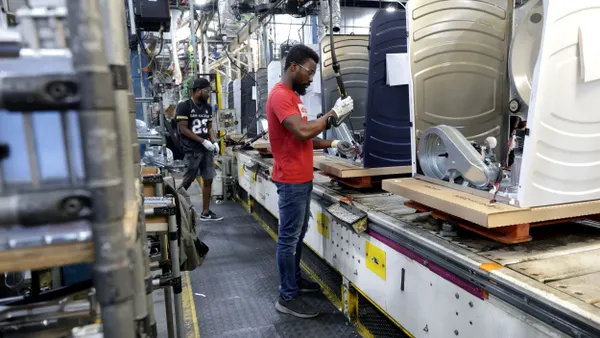Dive Brief:
- Name brand tech employers typically focus their recruiting efforts in the most selective colleges and universities nationwide, so the fact many of them struggle with meeting diversity goals is no surprise, according to an article at EdSurge.
- EdSurge reports that the top 150 colleges and universities would need to recruit an additional 50,000 black students and 58,0000 Hispanic students annually to reflect American demographics, according to the Posse Foundation, a New York-based organization that works to improve diversity on campus.
- Posse Foundation founder Deborah Bial told EdSurge a “diversity manager” or flexible work hours alone will not build diversity. She explained that by focusing on networks of people, rather than individuals, employers can develop effective solutions to improve diversity both on campus, as The Posse does, and in the workplace as well.
Dive Insight:
Melanie Goldstein, a product manager specializing in culture, inclusion and diversity solutions at Kanjoya, a Silicon Valley-based startup, told EdSurge that it's not overt discrimination in recruiting that stops diversity. It's that recruiters and employers are not really confronting the "implicit biases" that exist in most workplace cultures.
One way to combat that bias, the article reports, is to determine how referrals – a strong part of the network concept – could lead to more or less diversity. For example, the article cites Pinterest, which has experienced impressive results since it turned to employees for referrals of women and minorities in engineering roles. In fact, within six weeks, the company saw a 24% increase in female referrals and 55 times as many candidates from underrepresented ethnic backgrounds.
However, Kanjoya's Goldstein told EdSurge that it's not enough to attract and hire women and minority workers. It's also critical to ensure they have a "supportive" culture that will keep them in the fold. In other words, using networks to attract and hire can and does work, but it needs more than just a focus on the pipeline, according to the Goldstein.












